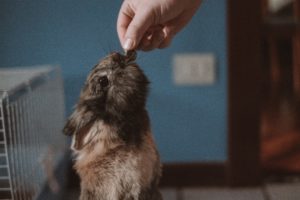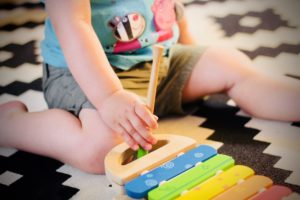While this inquiry has been brief (and can in no way be considered exhaustive), I did learn a lot about Theatre for the Very Young, and how I might use it as a basis for developing a drama pedagogy for infants.
Kapstein and Goldstein (2019), and Drury and Fletcher-Watson (2017) discuss the importance of an understanding of child development and developmental psychology when designing theatre experiences for infants and toddlers. This would also be key in designing pedagogy for infants and Toddlers. Mindfulness of the multisensory opportunities with dramatic experiences, as Drury and Fletcher-Watson point out, I expect will have a particularly engaging effect.
Hovik (2019), drawing from several conceptual frameworks, suggests that interactivity, participation and affective attunement, as well as musical communication are effective elements of TVY. These features are easily transferable to classroom encounters and would suit my emerging drama pedagogy.
Quinones, Ridgeway, and Li (2019) advise that the qualities of the space be taken into account when designing a drama pedagogy for toddlers, as well as interacting in a ‘dramatic’ way and infusing the interactions with wonder and inquiry. They also point out that these encounters can be any old moment in childcare, or at least that was my take-away.
So, to sum up, the research informed pedagogical approach to drama education that one might take with infants would look like this:
- Informed by an understanding of both drama elements and child development (see Kapstein & Goldstein, 2019, Table 1 for a handy chart)
- Involves multisensory elements to engage children and in recognition of their ways of learning about the world (Drury & Fletcher-Watson, 2017)
- Is interactive and participatory, recognizing that infants may all participate in different ways, if at all (Fletcher-Watson, 2015; Hovik, 2019)
- Can happen in ordinary moments, and does not necessarily need to be pre-planed and an extravagant affair (Quinones et al., 2019)
A note about participation: While infant participation, to varying degrees, is an integral element of TVY, drama pedagogy in general, and infant pedagogy, Fletcher-Watson (2015) reminds us to be mindful of power dynamics. He warns that sometimes participatory elements are tokenistic and manipulative rather than genuinely participatory.
Now, here’s a lovely performance of Theatre for the Very Young to wrap up this inquiry. Can you pick out elements that would fit into a drama pedagogy for infants? Which elements may be better suited to remaining in theatrical productions?
References
Drury, R. C., & Fletcher-Watson, B. (2017). The infant audience: The impact and implications of child development research on performing arts practice for the very young. Journal of Early Childhood Research, 15(3), 292–304. https://doi.org/10.1177/1476718X15614041
Fletcher-Watson, B. (2015). Seen and not heard: Participation as tyranny in Theatre for Early Years. Research in Drama Education: The Journal of Applied Theatre and Performance, 20(1), 24–38. https://doi.org/10.1080/13569783.2014.953470
Hovik, L. (2019). Becoming small: Concepts and methods of interdisciplinary practice in theatre for early years. Youth Theatre Journal, 33(1), 37–51. https://doi.org/10.1080/08929092.2019.1580647
Kapstein, A., & Goldstein, T. R. (2019). Developing wonder: Teaching theatre for the very young through collaboration with developmental psychology. Youth Theatre Journal, 33(1), 52–69. https://doi.org/10.1080/08929092.2019.1580648
Quinones, G., Ridgway, A., & Li, L. (2019). Developing a drama pedagogy for toddler education. Journal of Early Childhood Research, 17(2), 140–156. https://doi.org/10.1177/1476718X18823235
Scottish Opera: SensoryO – 2012. (2019, December 22). https://www.youtube.com/watch?v=-Nq6dLA8hyw


Recent Comments